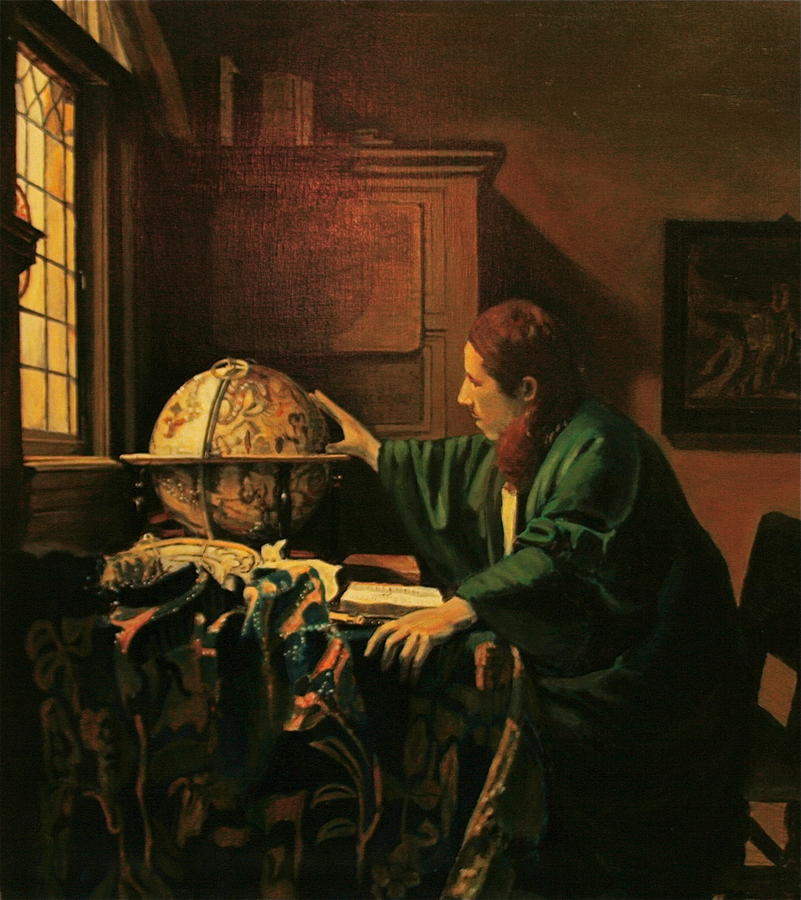How It Works
Physics has come a long way from the
beginning of it's discovery with the help of Sir Isaac Newton.
Because of him we use his laws to use math to explain
physical interaction in ordinary life. Below is a few equations
needed to explain how painting is accomplished.
Newton's Laws
#1) An object in motion will stay in motion unless acted on by an
eternal force, and an object will stay at rest unless acted on by
an external force.
#2) The net Force is equal to it's mass multiplied by
it's acceleration.
(
F=ma)
#3) For every action there is an equal but opposite reaction.
For painting we will be using all of these rules
with a focus of both #2 and #3

Friction
These
are some more equations that are helpful in understanding the
mechanics of painting.
For in Static Friction, that is the
paint brush against the canvas, the friction caused is "The
force of an
object that keeps it from slipping." (Knight,2013)
f (static)=(static)*n
This states that μ is the coefficient of
static friction and that changes for every material, and is
multiplied
by the normal force (n).
Another type of friction is that of
Kinetic
Friction, which is the friction that is opposing the
motion acted
on it.
f(kinetic)=
Which
has a coefficient of friction, just like the static
equation.
 background image The Astronomer by Vermeer found at
http://fineartamerica.com/featured/vermeers-t
background image The Astronomer by Vermeer found at
http://fineartamerica.com/featured/vermeers-t background image The Astronomer by Vermeer found at
http://fineartamerica.com/featured/vermeers-t
background image The Astronomer by Vermeer found at
http://fineartamerica.com/featured/vermeers-t